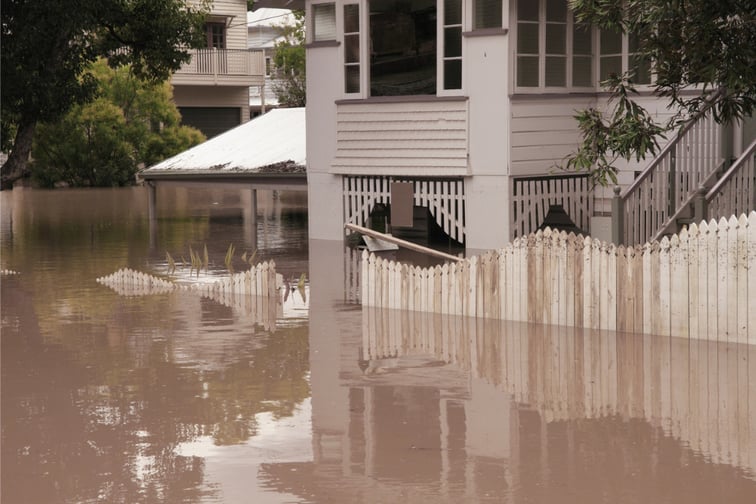

New data from the Insurance Council of New Zealand Te Kāhui Inihua o Aotearoa showed close to $200 million in total insurance payments for extreme weather events for the year to the end of June.
Claims data for late March floods was preliminary reported at $79.6 million, which ICNZ has since adjusted to $119.6 million. ICNZ has also released preliminary data for storms across the country in mid-June at $15.5 million, bringing the running total for the year to $198 million. These numbers do not account for the $6 million payment on January’s tsunami following the Tongan volcanic eruption or July claims, which will be reported on a preliminary basis in August.
"Communities are once again enduring a hard year," said ICNZ chief executive Tim Grafton. "While we can’t say for sure that we’ll see a new record for extreme weather claims in 2022, that we are seeing a steadily rising trend in climate related insurance costs in Aotearoa and overseas is well-established."
Increasingly frequent and severe weather events coupled with soaring building costs, ongoing supply constraints, and rising cost of reinsurance have all manifested through bigger premiums, putting a strain on insurers and householders alike. Last year, payments for extreme weather events reached a record $324 million.
Grafton reminded the public that insurance transfers risk but does nothing to reduce it. Aotearoa still needed to act through local and central government to “build reliance to local risks, be that flooding, sea level rise, drought, or wildfires” and invest in natural and man-made measures to keep risks at a level where insurance is affordable over the medium to long term.
"Thankfully, some communities have been spared even worse damage due to some flood defences performing reasonably well, albeit near their limits,” Grafton said. “However, they will have to ask themselves if that will continue to be the case as the current trend of intensifying extreme events continues."
